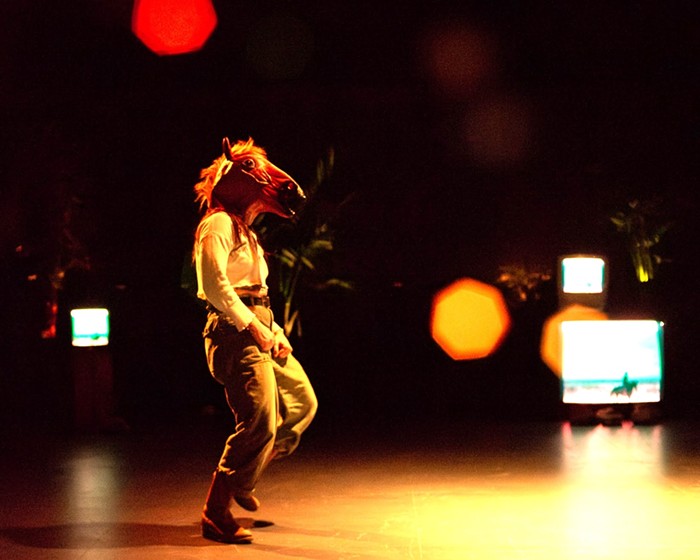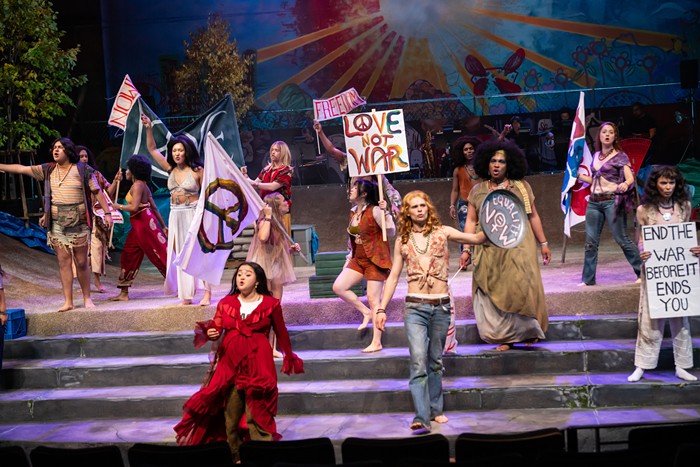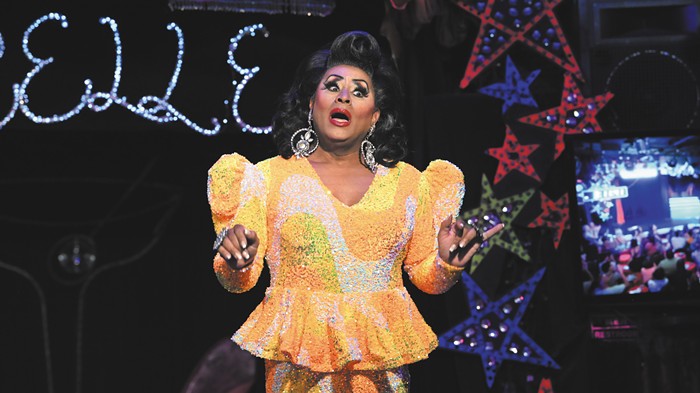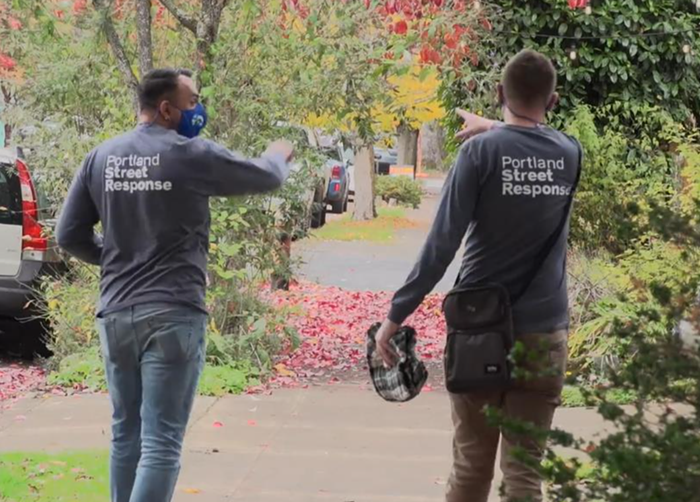In a review of Fever Theater's last show, the cloying New Believers, I wrote: "This company's strengths are in their sense of humor, their elegant, offbeat choreography, their willingness to take risks, and, best of all, their flair for campy musical numbers."
I went on to call that particular show "infuriatingly precious," and to express a hope that this company would play to their strengths in the future. And guess what? That's exactly what they did.
Smiling in the Dark/Alone Together is a playful and elegant consideration of what it means to exist in the world, in relation to other humans and to ourselves. Fever is working here as a three-person ensemble, and a sharpening of the company's vision is apparent—their new show is clear-eyed, self-aware, and distinctly more mature than previous efforts. (Maturity does not preclude silliness; there's always room for silliness.)
The two-part show is the first in a projected series dealing with the concept of "emergence": complex patterns arising from the interaction of simple parts (think bees in a hive, or ants in a colony). While studying in Colorado, Kate Sanderson Holly developed a solo piece, Alone Together; back home in Portland, Jacob Coleman and Amber Whitehall worked together on Smiling in the Dark. The artists used certain common elements in the creation of the two shows, but otherwise there is no explicit connection between the two works.
In Alone Together, Holly winningly employs dance, song, a popcorn maker, and tiny plastic wolf toys to muse on relationships—more precisely, on the relationship in which humans stand to their lives and to one another, and the possibility of shifting that perspective, even late in the game.
Coleman and Whitehall also tackle relationships. Their segment is loosely organized around a couple discussing their respective attitudes toward consciousness: "I think I emerge from my sensations," Whitehall says quietly, as Coleman gesticulates and pontificates on the notion of the constructed self.
What emerges from the side-by-side placement of these two pieces, created by artists thinking alike but working apart, is a sophisticated and compelling consideration of human relationships—marked by humor, elegant choreography, and, of course, campy musical numbers.



















